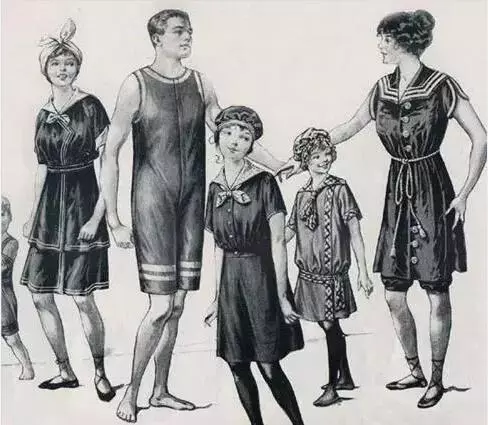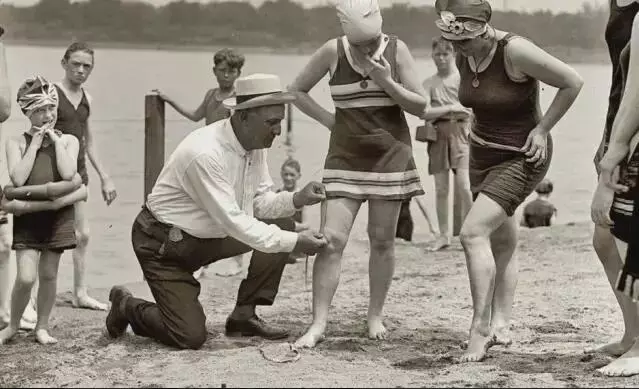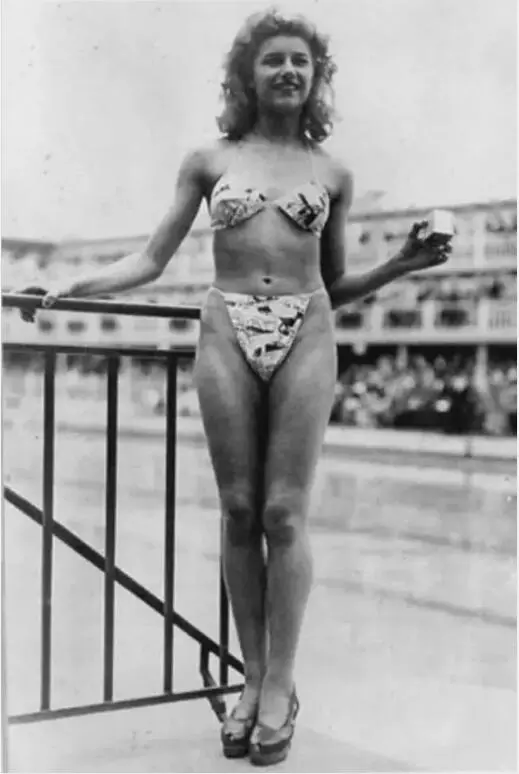
In 1912, women's swimming became an official event of the Olympic Games, and people began to pay attention to the functions of swimsuits. At this time, the fabric of swimsuits was reduced and the swimwear became lighter. Unlike the former, this kind of swimsuit was innovative with an arm-exposing top and tight shorts. Since then, swimsuits have gradually changed.

The first bikini appeared in 1946. Eighteen days after the United States dropped the first atomic bomb on Bikini Island in the Marshall Islands, Louis Reard, a French designer, released his latest design of the swimsuit in Paris that was the bikini. Made up of three pieces of cloth and four straps, this bikini contained less than 30 inches of fabric, protecting the breasts with bras and exposing the hips and legs to the maximum extent. The designer believed that the world was as shocked as the explosion of an atomic bomb when this swimwear came out so that it was named after the name of the island. However, when the design was finished, models unanimously rejected it. So the designer invited a stripper to wear who would display in the public swimming pool. Within a week, the bikini became popular in Europe.

Monokini was emerged in the US in the 1960s and gained in popularity in the 1970s, which was introduced by American designer Rudi Gernreich in 1964. It was a kind of bikini which was only with two straps in a V shape on the top and the lower part of the body was a pair of shorts. In the 1990s, the bikini for sports became popular. After that, the design of the bikini returned to the previous types. Many designers matched high-tech materials with retro styles to reproduce the new gorgeous image of the bikini in the 1950s. The bikini decorated with rhinestones or lace-up bikini came out, and designers focus more on the transformation of materials and patterns.

Next: How to Wear Board Shorts
Previous: Helpful Tips for Novice Surfers